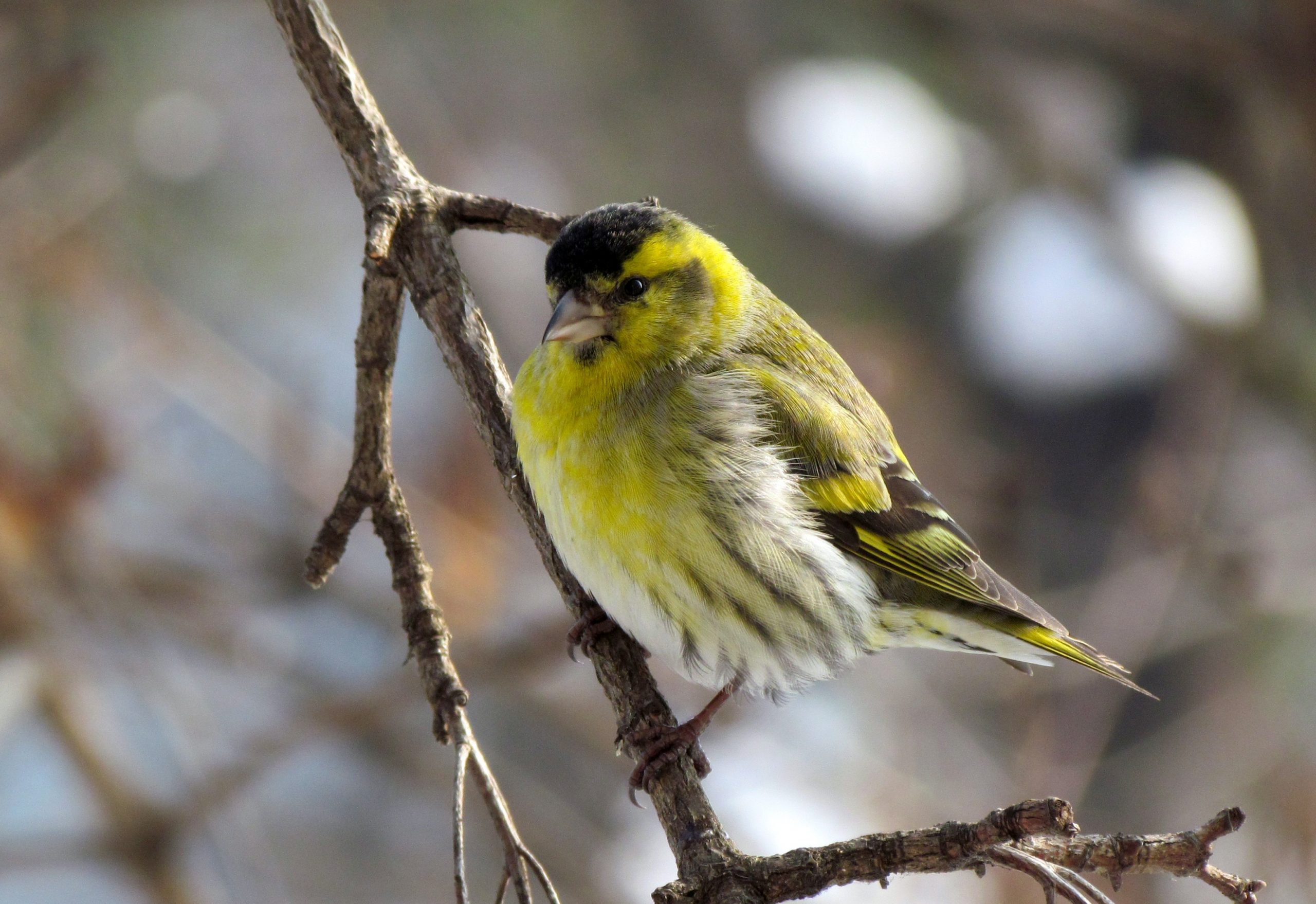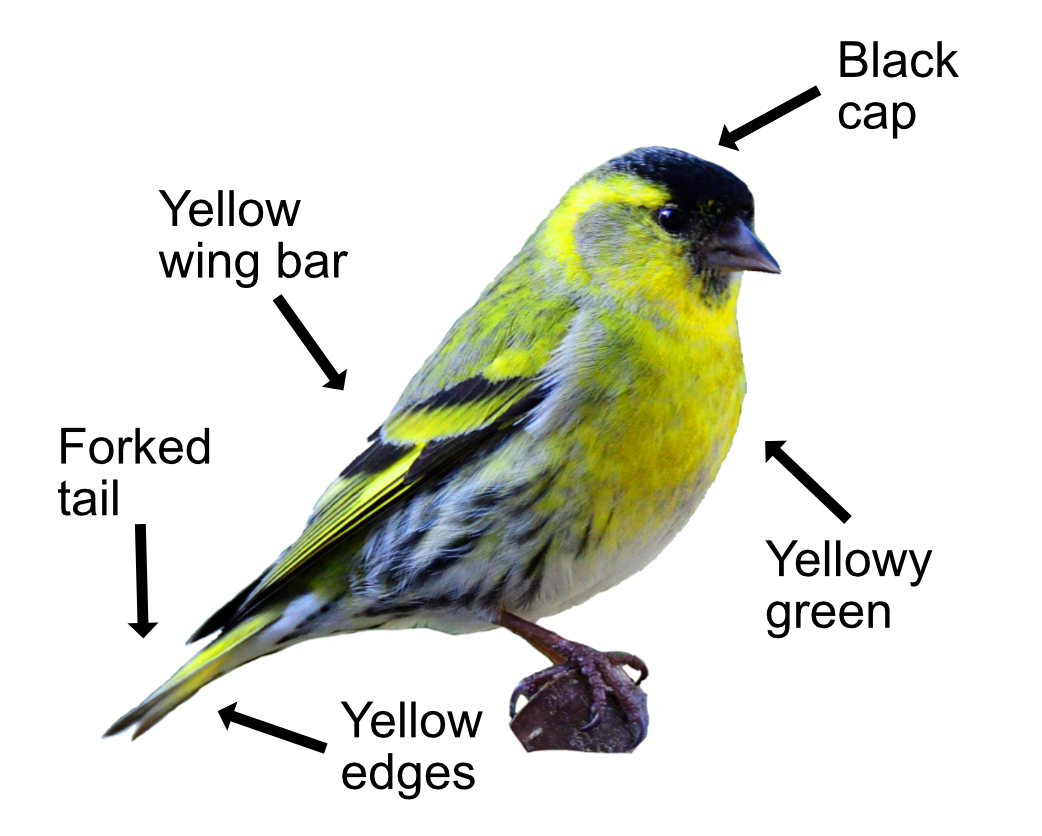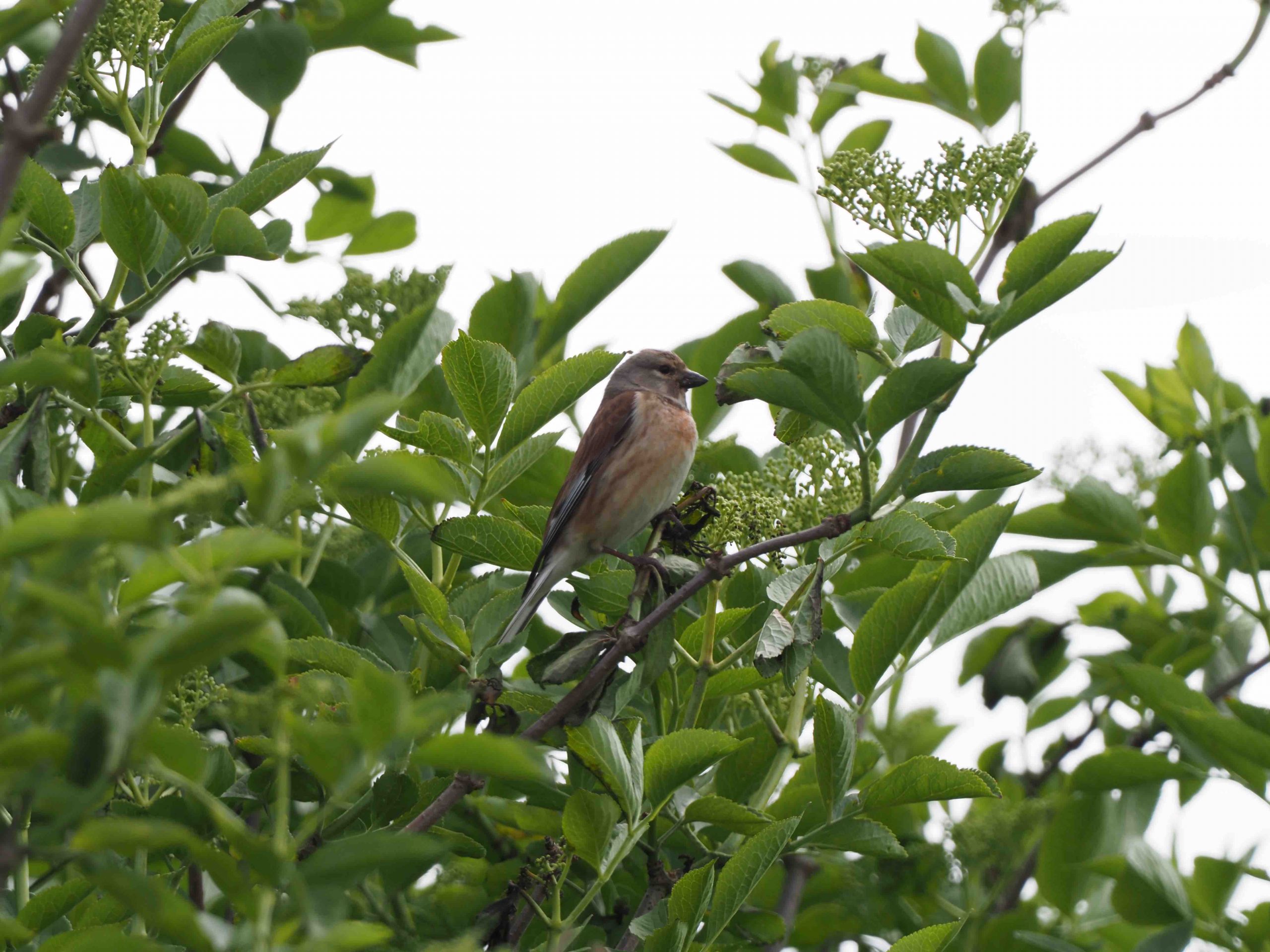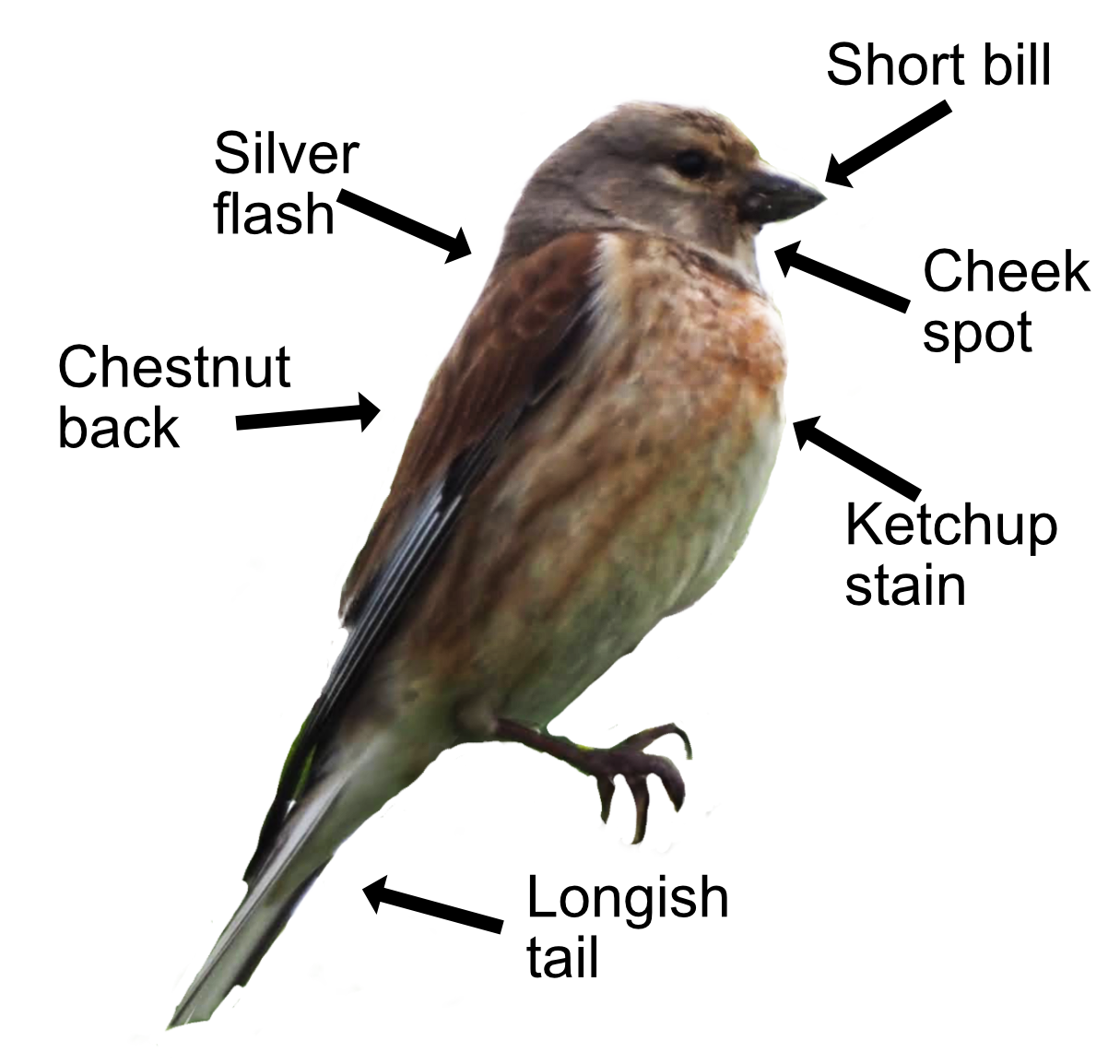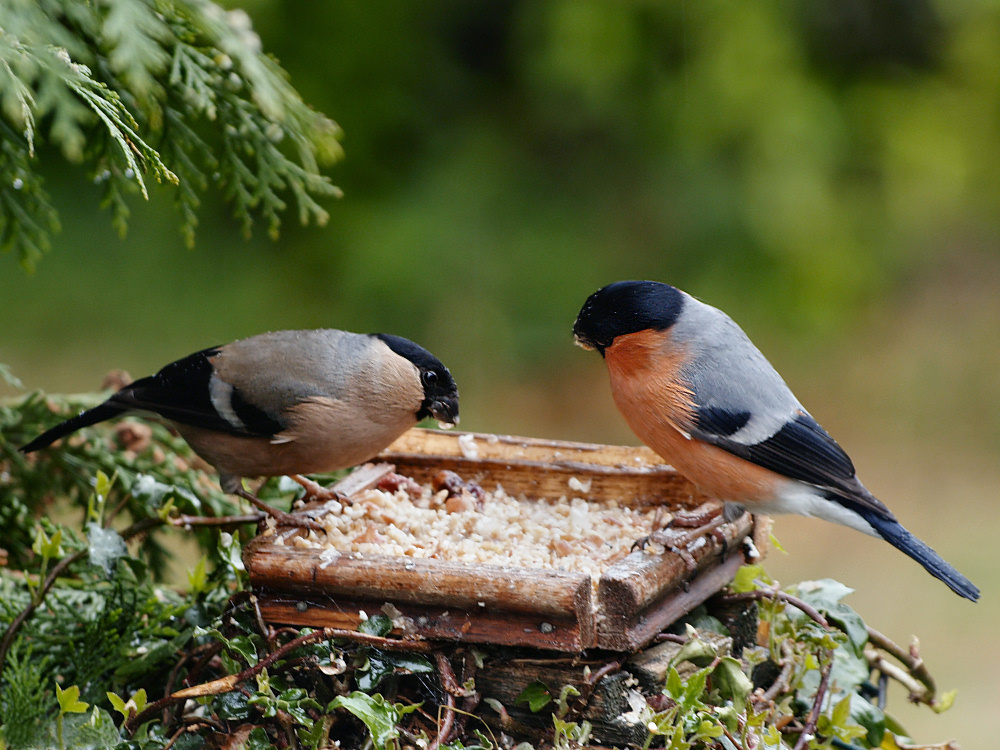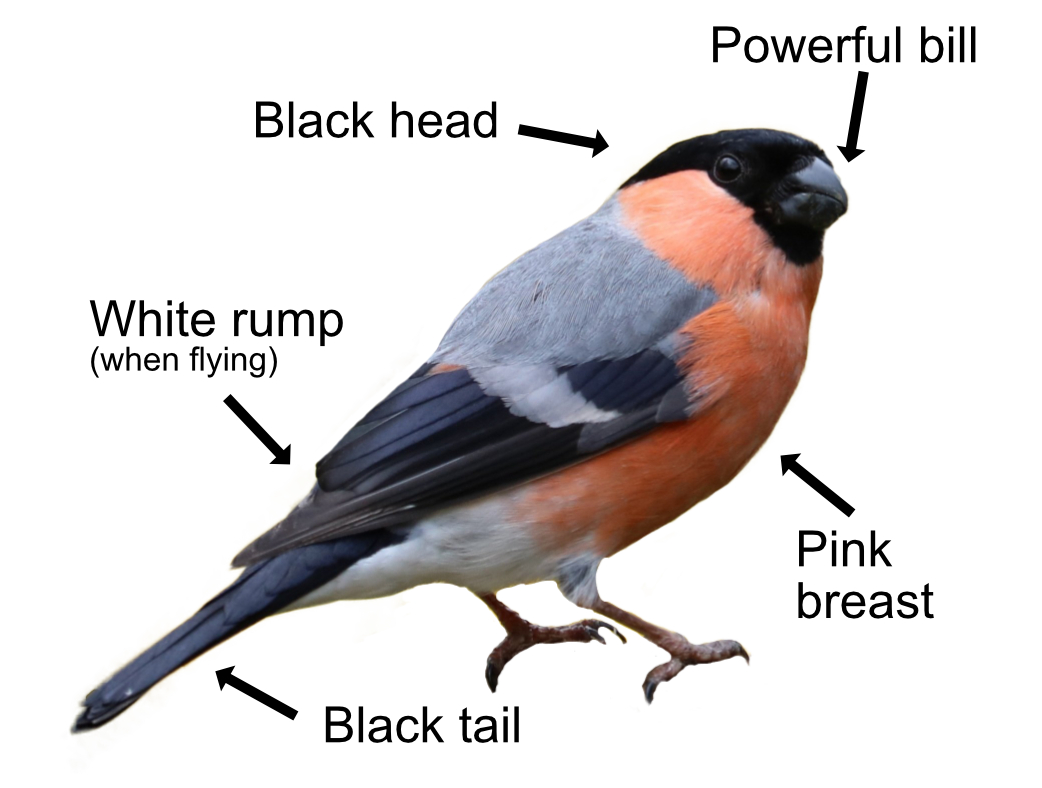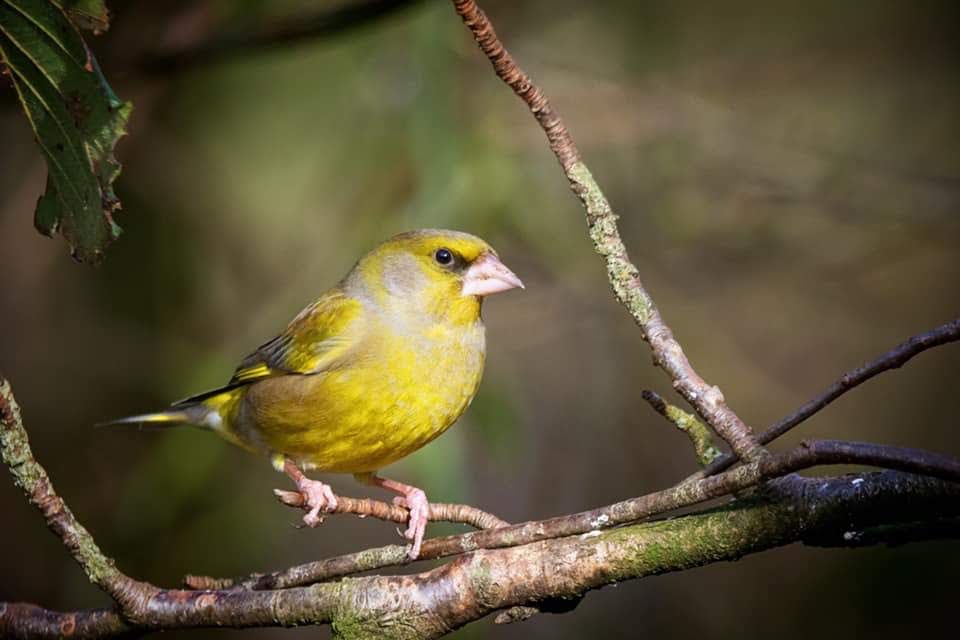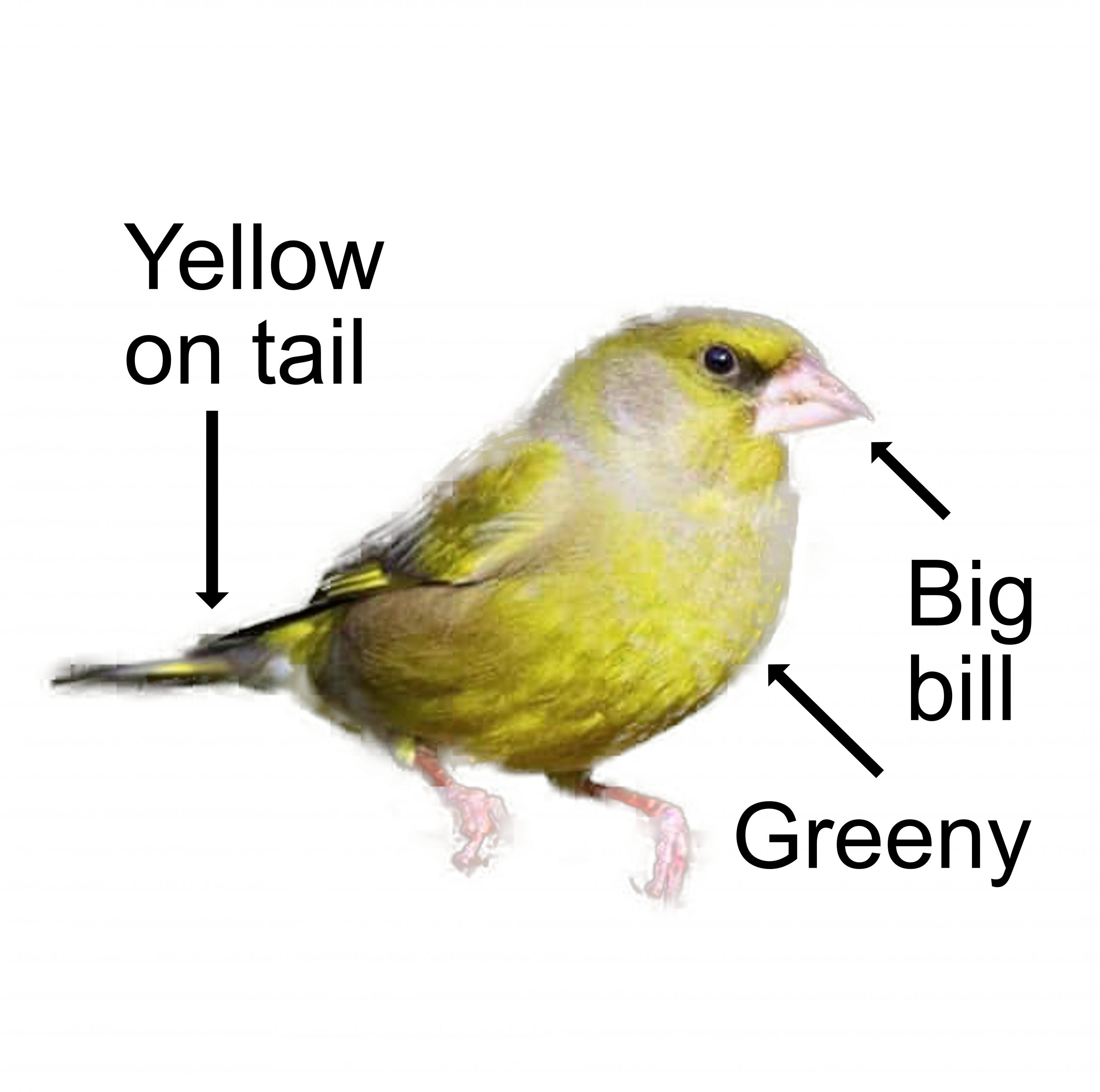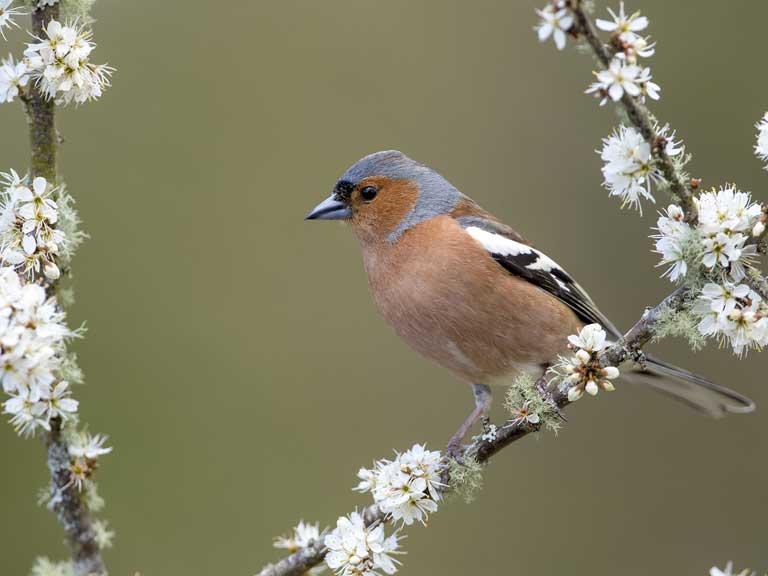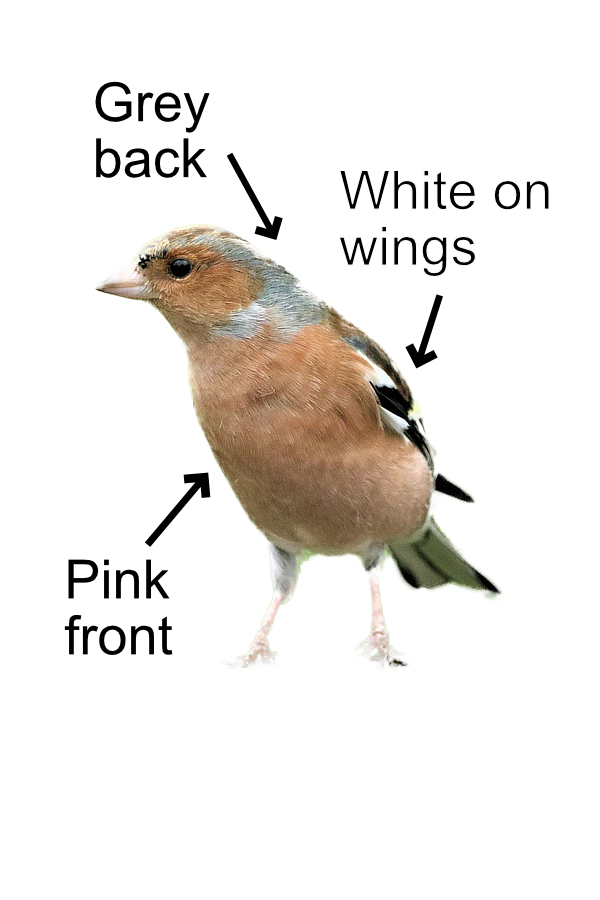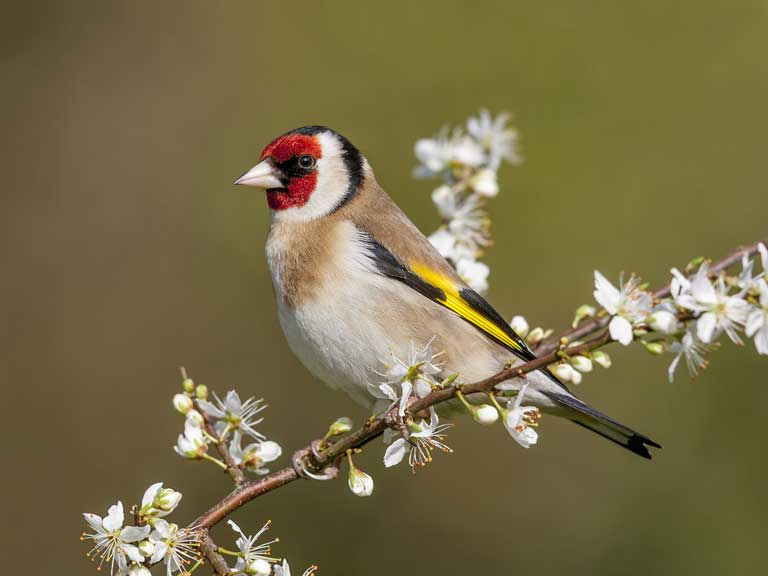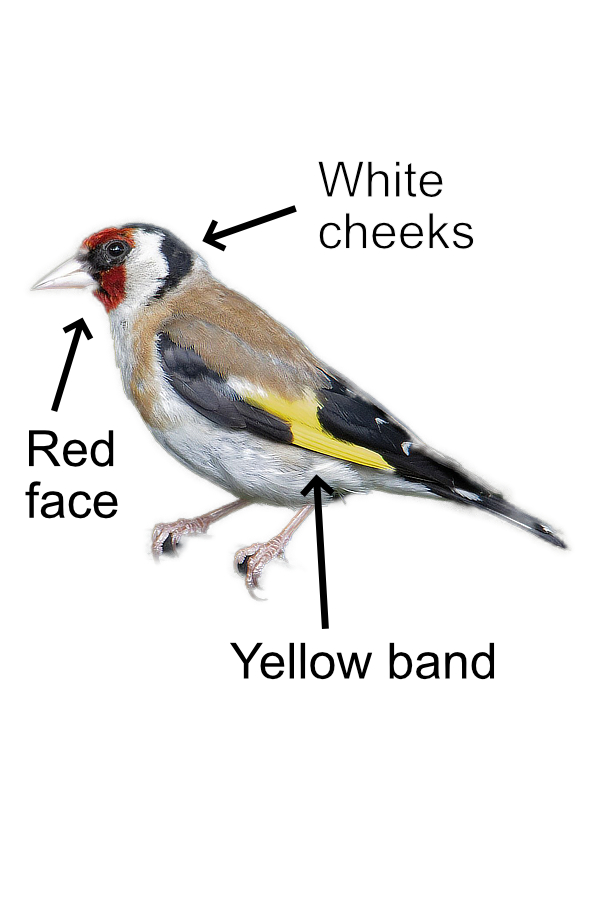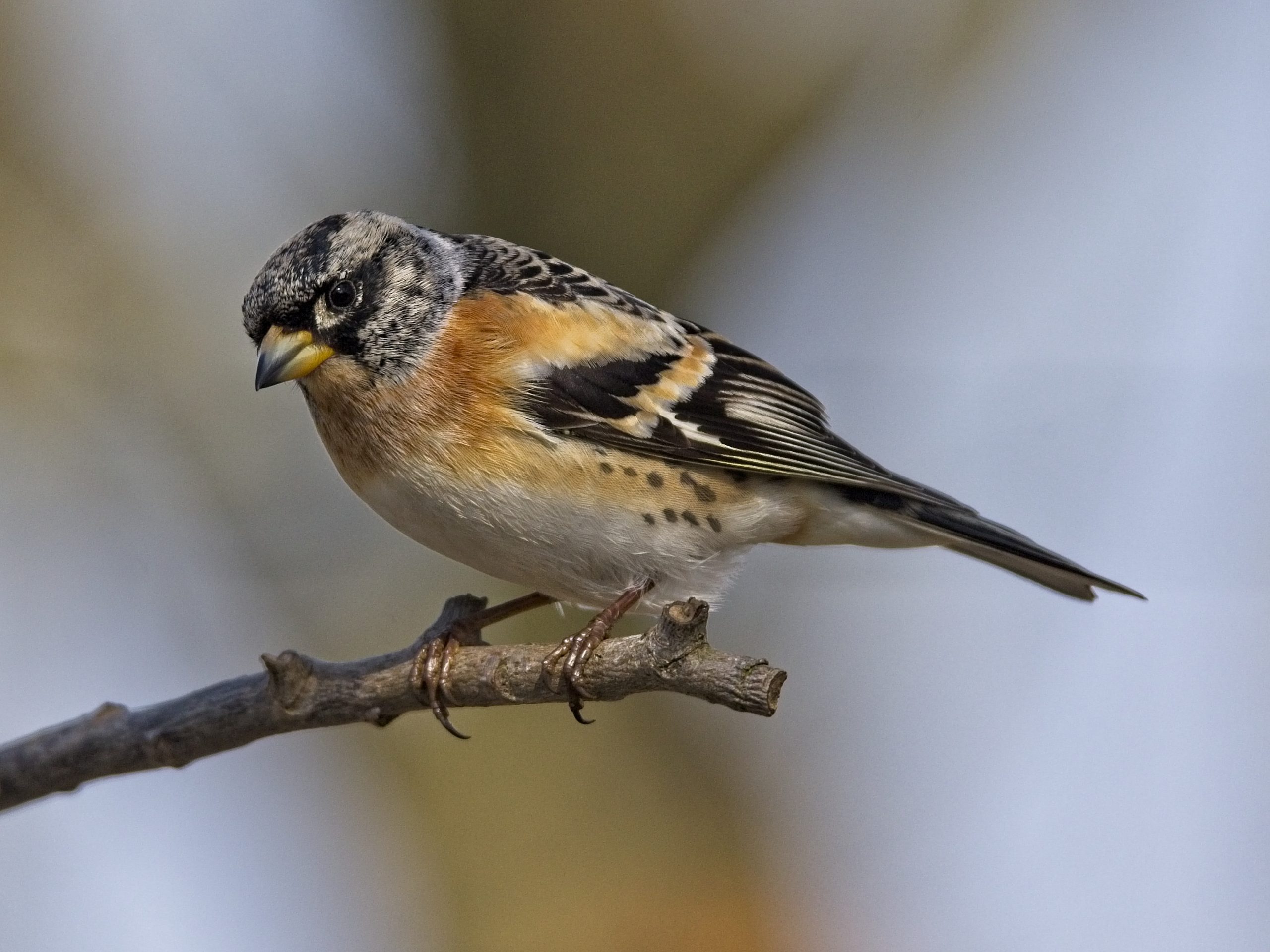
The Brambling is like an exotic version of a Chaffinch and is sometimes called the 'northern Chaffinch' as they resemble each other in many ways. The Brambling is a winter visitor arriving in September from northern Europe, especially Scandinavia, and forming large flocks where there is lots of food. Another band of Norsemen that come here to nick our nuts. They have returned to their summer breeding grounds by the end of March. Only a handful have ever been known to stay.
The Brambling has a black head, orange breast and shoulders, white belly, and a white wing bar. They have a stubby, yellow seed-cracking bill in winter. The female is less colourful than the male with orange shoulders and a grey nape patch. In flight, their white rump and white wing bar are clearly visible against their black forked tail. The flight call is a rising nasal "tchwee" and stands out from other finch calls. The Brambling's song is rarely heard here.
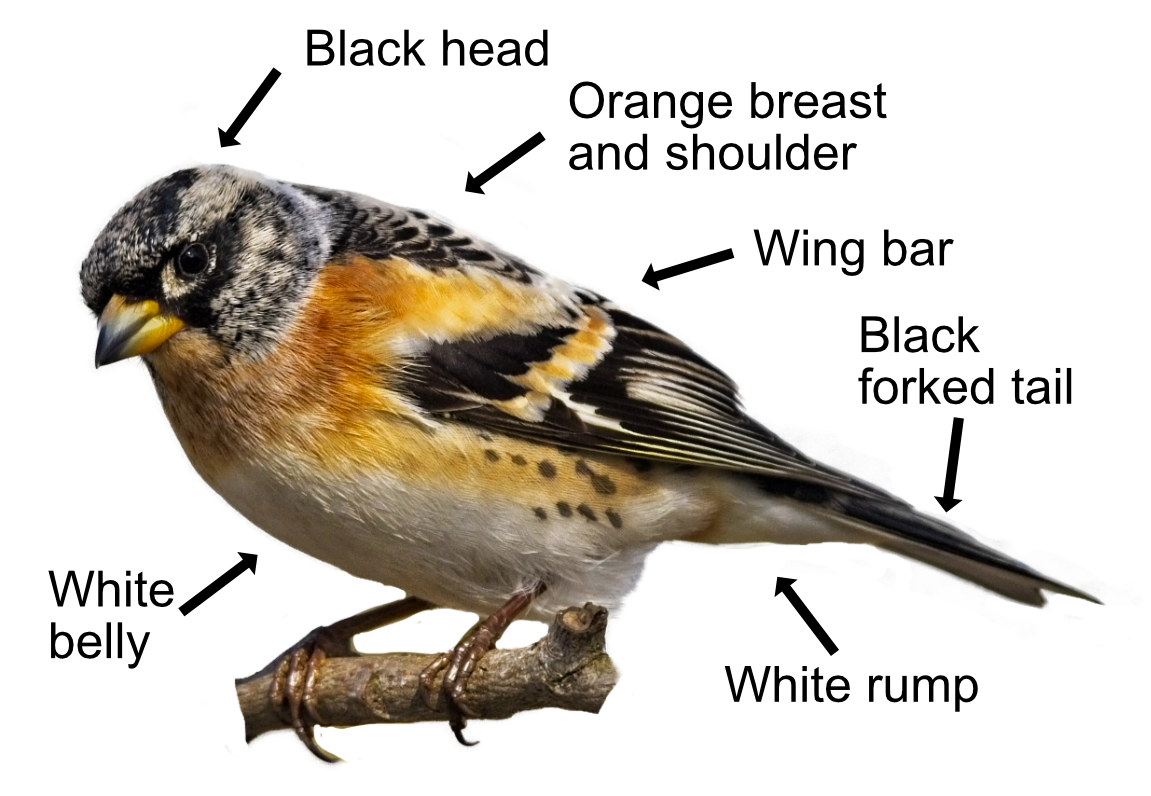
Bramblings feed on seeds, especially beech mast. They feed on the ground and may be seen on farmland, country parks and occasionally gardens. In summer they switch their diet to eating insects like beetles and caterpillars that are found in trees and bushes.
They build a cup-shaped untidy nest of moss and lichen against a tree trunk or in a fork. It is lined with hair and feathers. The 5 to 7 eggs hatch after 11 days and the young can fly 13 days later.
The winter population varies from 50,000 to 2 million and they can be found in most parts of Britain. Less than eight have been known to stay and breed here. The oldest ringed Brambling lived for 14 years. They have gone through a moderate population decline in the last 30 years, but the number of birds is still huge and is estimated to be up to 66 million in Europe alone. When conditions are right, Bramblings can gather in staggering numbers. In January 2019, a mega flock of around five million Bramblings was recorded in Slovenia.
Their Latin name is 'fringilla montifringilla' where 'montifringilla' is derived from the Latin 'montis' for mountain and 'fringilla' for finch. The English name is probably derived from Common West Germanic 'brama' meaning bramble or a thorny bush. They have also been called the cock o' the north and, unsurprisingly, the mountain finch.
